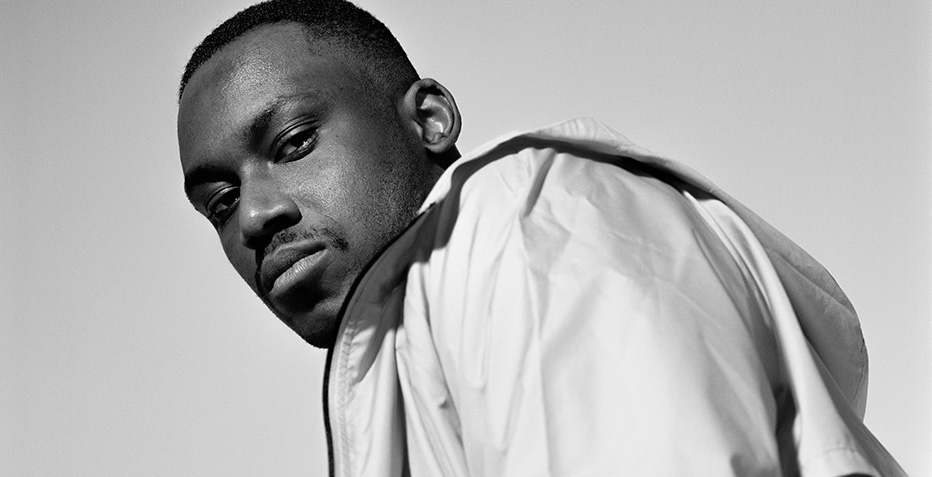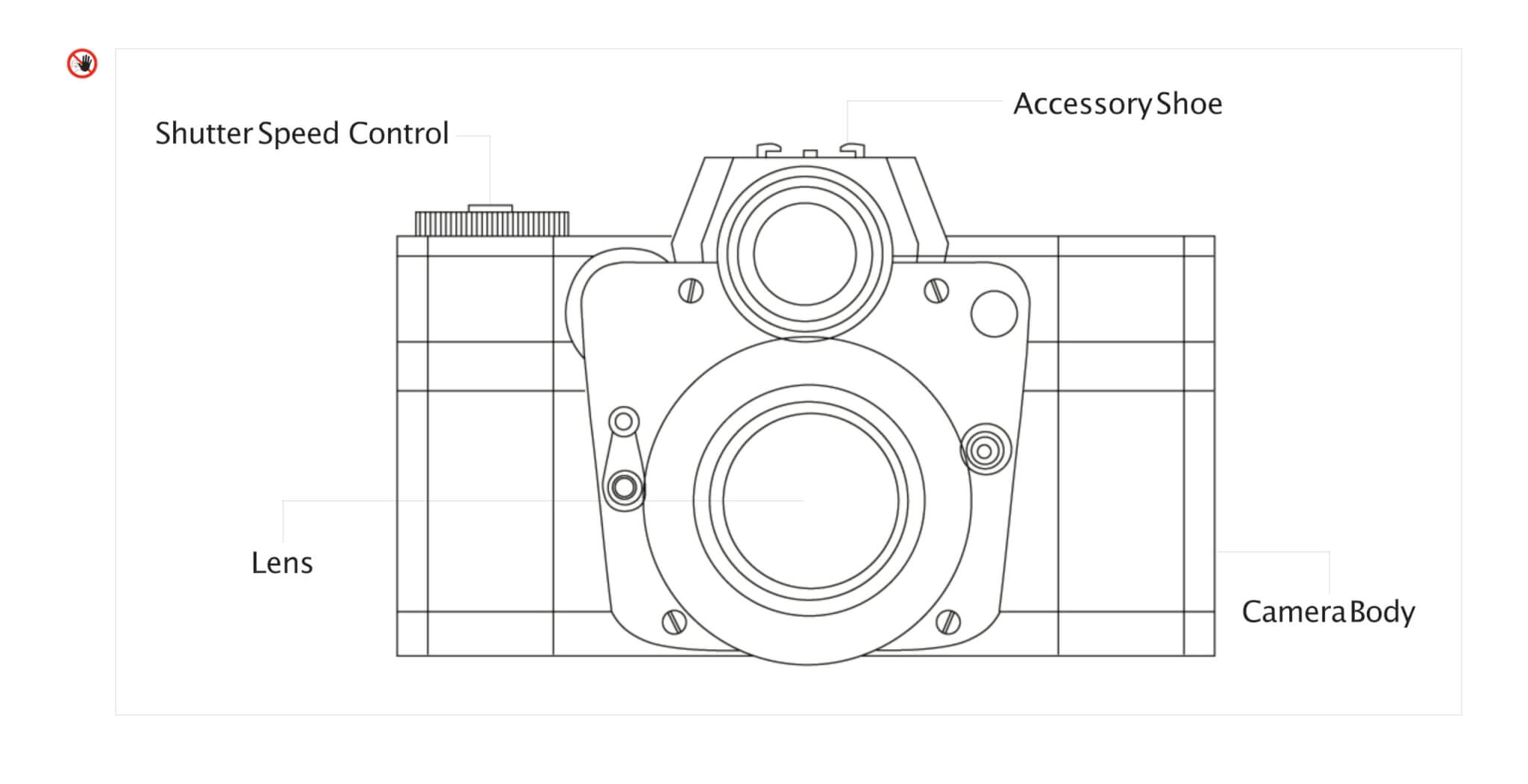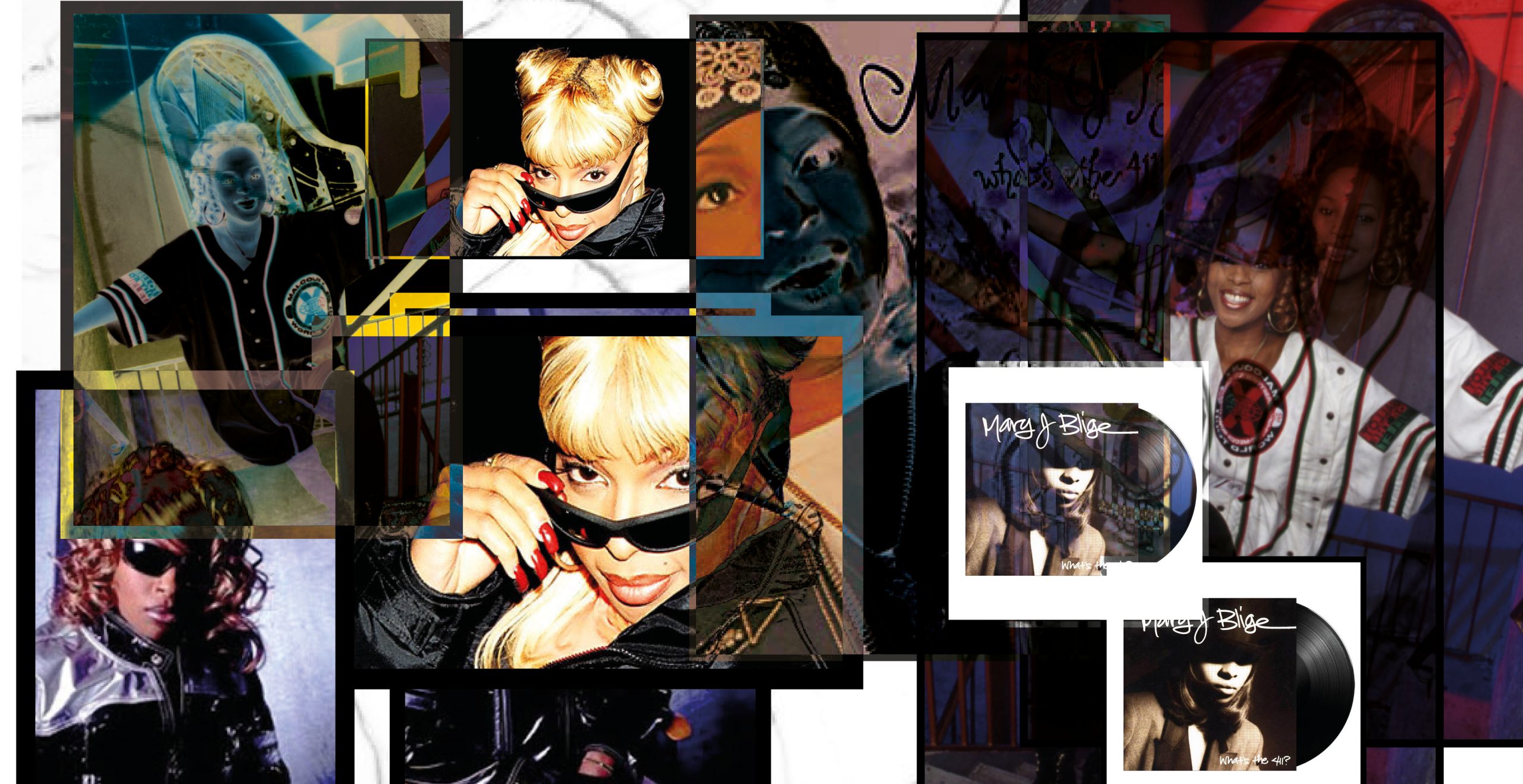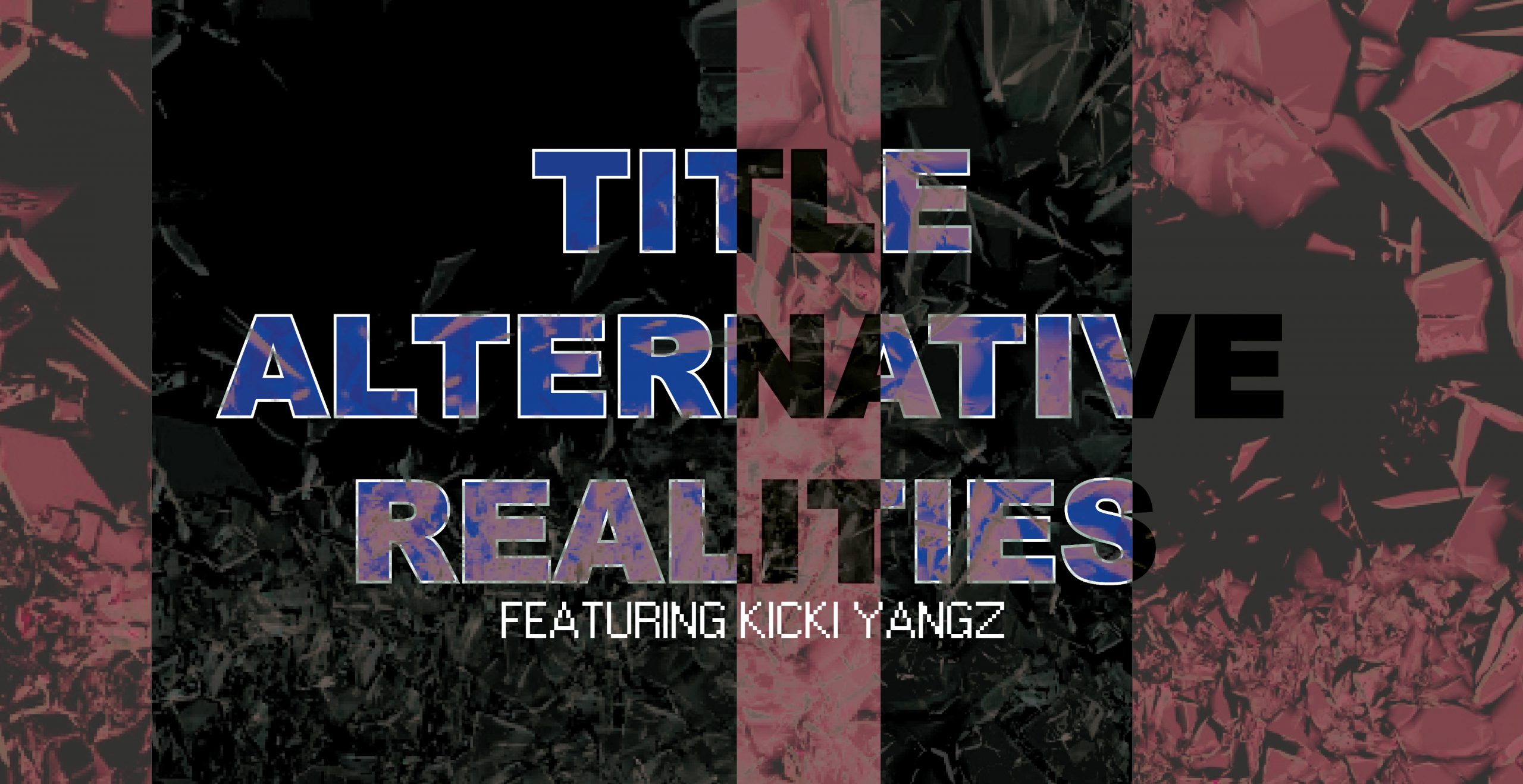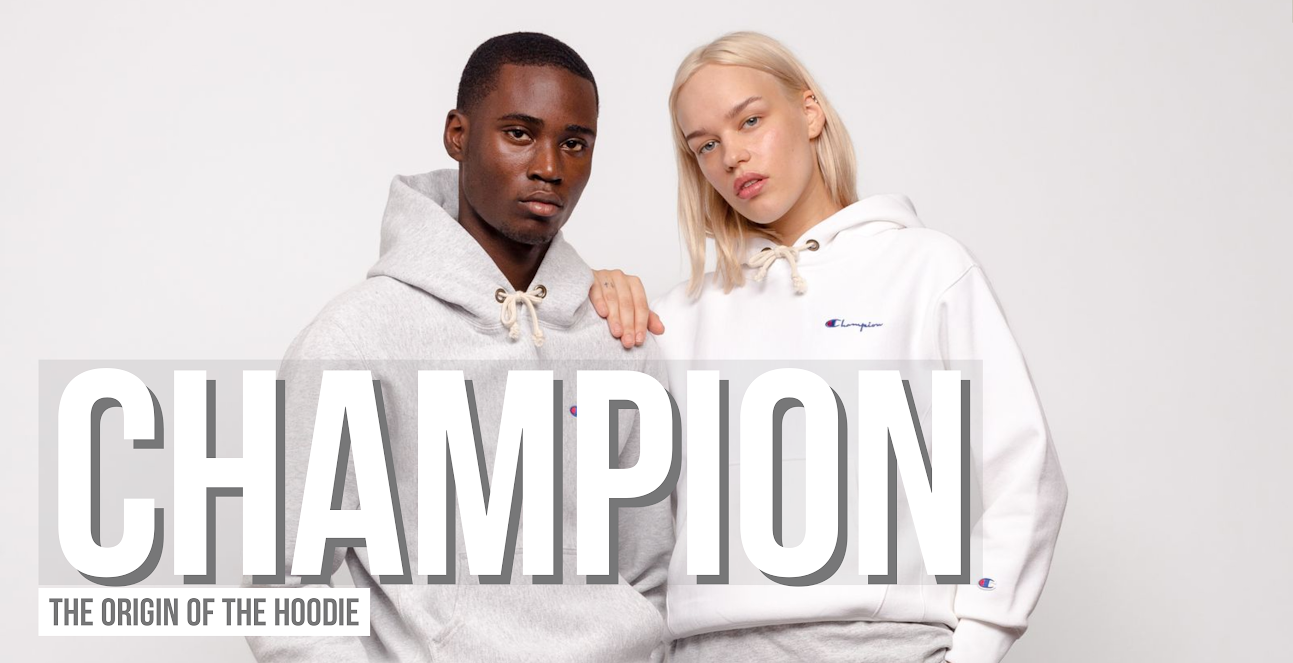Embarking on a career in the fashion industry is no easy feat, especially for individuals of color. However, Mubarak Assima’s remarkable journey serves as a testament to the power of passion, perseverance, and personal growth. From the inception of a whimsical blog to securing collaborations with renowned brands, Mubarak’s story is one of determination and breaking barriers. This article delves into the challenges he faced, the philosophy that guided his path, and the transformative power of individuality in the fashion world.
Finding the Path:
Mubarak’s venture into the fashion industry began with a seemingly crazy idea proposed by a friend. Nevertheless, his unwavering passion for fashion, akin to Basquiat’s connection to art, propelled him forward. Balancing his apprenticeship at KICKZ with managing a blog and showcasing outfits on Instagram, Mubarak sought to seamlessly integrate these social media platforms. While grappling with self-doubt due to his grammar skills, the unwavering support and encouragement of Adrian Bianco played a pivotal role in his decision to push boundaries and expand horizons.
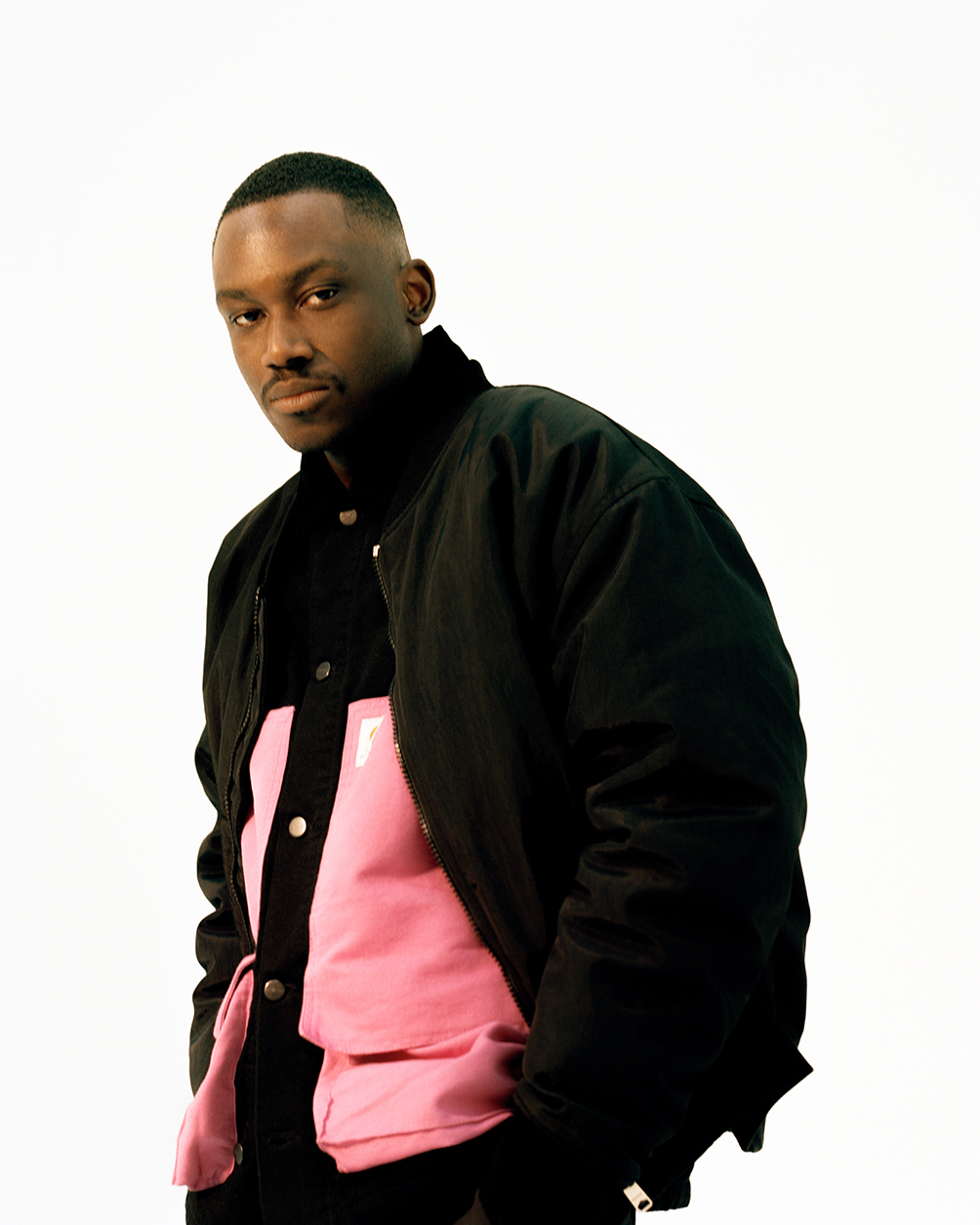
Embracing Imperfections:
Drawing inspiration from the Japanese philosophy of wabi-sabi, Mubarak embraced the concept that true beauty lies in imperfection. This newfound perspective led to profound personal growth and the realization that individuality should never be compromised. Rejecting the notion of conformity, Mubarak infused his projects with personal imagination and a unique touch. Along the way, he discovered that being his own inspiration was crucial to maintaining his identity amidst external influences.
Achieving Milestones:
Through perseverance and dedication, Mubarak’s journey in the fashion industry flourished over the years. Notable collaborations with renowned brands like adidas Originals, Converse, MCM, VOGUE, and Zalando speak to his success. Breaking the mold, Mubarak highlights that individuals of color can carve their own niche in the fashion world. It requires finding one’s unique path and embracing social media platforms as powerful tools for self-expression and establishing a presence.
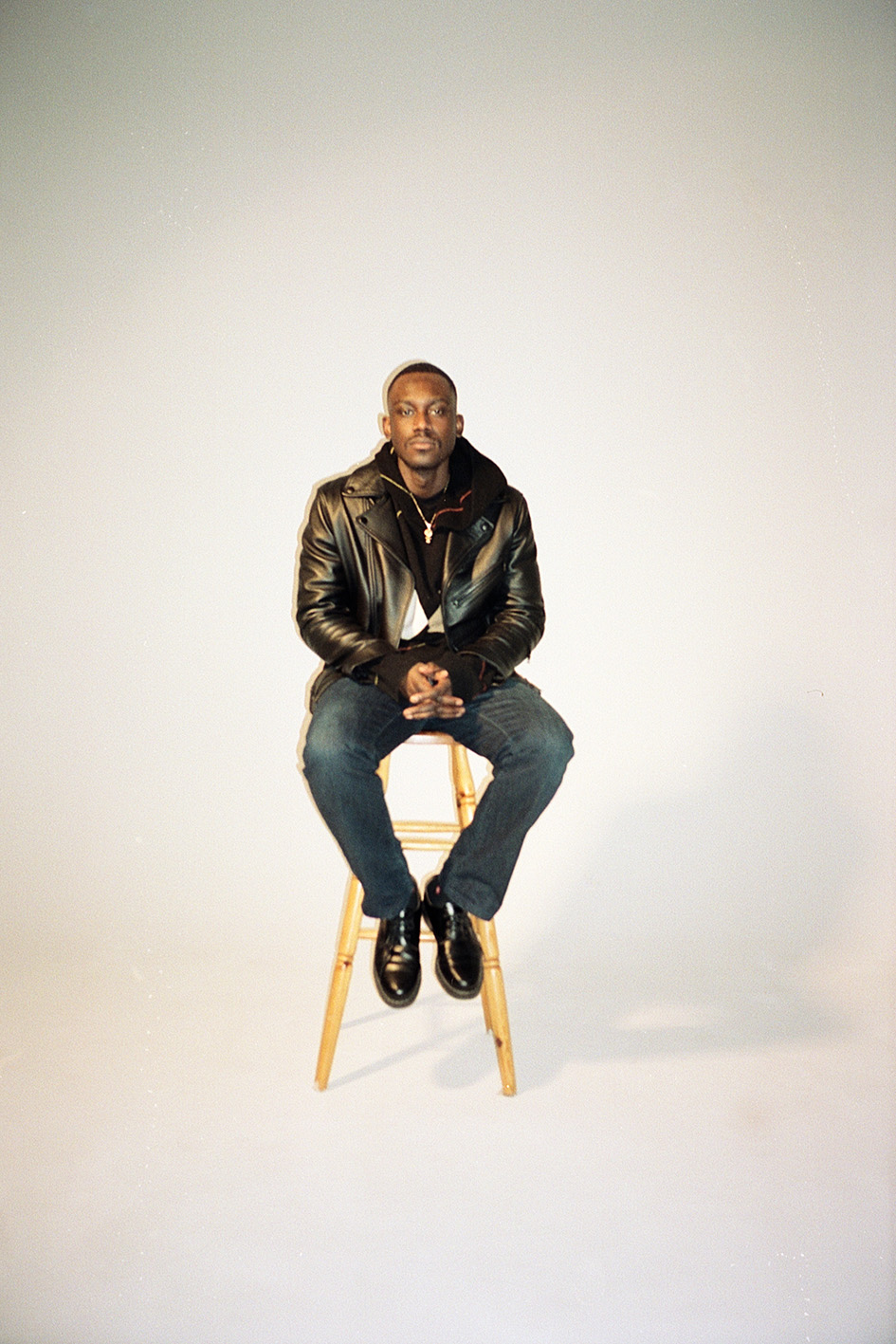
The Essence of Success:
Contrary to popular belief, success in the fashion industry extends beyond superficial achievements. Mubarak’s story emphasizes the significance of a lifestyle commitment—one that demands unwavering dedication and a substantial investment of time and effort. Attending fashion events, working on articles during brief breaks, and constantly ideating new concepts became integral parts of Mubarak’s journey. It is essential for aspiring individuals to recognize and embrace the sacrifices necessary to pursue their dreams.
Challenging Stereotypes:
While Mubarak acknowledges that he has been fortunate to avoid personal experiences of racism, he confronts passive racism prevalent in the industry. Remarks like “You are Black, so you can wear anything” undermine individuality and perpetuate stereotypes. Mubarak firmly establishes that styling is not defined by skin color but rather a lifelong process that shapes one’s perspective. He encourages the fashion world to evolve and create opportunities for young black individuals to establish themselves and contribute their unique voices.

Mubarak Assima’s journey serves as a testament to the transformative power of the fashion industry and the remarkable opportunities it offers to those who are willing to pursue their dreams. Let his story inspire you to embrace your individuality, break free from limitations, and create your own path in the dynamic and ever-evolving world of fashion.
So, if you have a burning passion for fashion, don’t let anything hold you back. Embrace the challenges, stay true to yourself, and set forth on a journey that can lead to a fulfilling and successful career in the fashion industry. Your unique voice and perspective have the power to make a lasting impact and contribute to the ongoing transformation of this vibrant industry.
If you go back to the foundation of fashion, fashion would only be for white rich people.women have been. In the beginning, the haute couture houses only produced women’s fashion.made. Fashion would not have been for men in the first place. Especially not forblack men, until over time dissidents made a name for themselves with their brands.made. They turned the conservative fashion world upside down with their vision. Now I havethe feeling that I am one of those dissenters from my generation. Although I amI’m not a designer and I don’t have my own label where I can give my thoughts on clothes free rein, but I do have my own platform where no one else can tell me what to do. Now it’s time for the fashion world to change. It is not enough that Virgil Abloh is Artistic Menswear Designer at Louis Vuitton. It’s not done until young black people also have the chance to establish themselves in the fashion world.
Pictures: Moubarak Assima by Chiara Alliyah








